Table of content
Chestnuts, with their rich, earthy flavor and versatility in both sweet and savory dishes, are a beloved ingredient in kitchens worldwide. However, achieving the ideal texture—tender, creamy, and easy to peel—requires precision and patience. One of the most common challenges home cooks face is ending up with chestnuts that are either too hard, too mushy, or stubbornly adhered to their prickly shells. This article delves into the science and craft of boiling chestnuts to perfection, ensuring they emerge soft, flavorful, and ready to elevate your culinary creations.
Understanding Chestnut Anatomy and Why Boiling Works
Chestnuts, unlike other nuts, are enclosed in a hard, woody shell protected by a fuzzy outer layer called the pericarp. Inside lies the edible kernel, which is high in starch and low in fat. Boiling chestnuts serves two primary purposes: it softens the shell and the inner skin (known as the pellicle), making them easier to remove, and it cooks the kernel, breaking down its starch into a velvety texture. The key to success lies in balancing heat, time, and preparation techniques.
Step 1: Selecting the Right Chestnuts
The journey to soft chestnuts begins at the source. Freshness is non-negotiable. Look for chestnuts that are glossy, firm, and heavy for their size. Avoid those with cracks, mold, or hollow sounds when shaken—a sign of dryness or spoilage. Smaller chestnuts tend to cook faster and more evenly, but larger ones can be used if adjusted for cooking time.
Step 2: Scoring the Shells
Scoring—cutting a slit or cross into the flat side of each chestnut—is critical. This step serves two functions: it prevents the chestnuts from exploding during cooking (as steam escapes) and facilitates peeling by weakening the shell’s integrity. Use a sharp paring knife or a specialized chestnut cutter. For safety, hold the chestnut flat on a cutting board and apply gentle, steady pressure. A shallow cut, about 1/8 inch deep, is sufficient.
Step 3: Pre-Soaking for Optimal Softening
While optional, pre-soaking chestnuts can expedite the softening process. Submerge scored chestnuts in a bowl of warm water for 30 minutes to an hour. This hydrates the shells and pellicle, reducing cooking time and making peeling easier. Some chefs add a pinch of baking soda to the water, which raises the pH and helps loosen the skins further. However, this step is not mandatory and can be skipped if time is limited.

Step 4: Boiling Techniques for Perfect Softness
Water Quantity and Temperature
Use a pot large enough to hold the chestnuts in a single layer, covered by at least two inches of water. Bring the water to a rolling boil before adding the chestnuts. This ensures rapid, even cooking and prevents the chestnuts from becoming waterlogged.
Cooking Time and Doneness Tests
Boil chestnuts for 15–25 minutes, depending on their size and freshness. Fresh, small chestnuts may soften in 15 minutes, while larger or drier ones require up to 25 minutes. To test doneness, remove one chestnut and attempt to peel it. The shell and pellicle should slip off easily, and the kernel should be tender but not crumbly. If resistant, boil for an additional 5 minutes and retest.
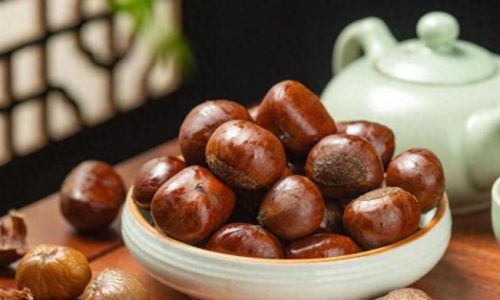
Simmering vs. Rapid Boiling
While boiling is the primary method, some recipes advocate simmering chestnuts gently after the initial boil. Simmering (low heat, barely bubbling water) allows for gentler, more gradual cooking, reducing the risk of overcooking. However, this method may require closer monitoring to prevent undercooking.
Step 5: Post-Boiling Peeling and Finishing Touches
The post-boiling phase is as crucial as the cooking itself. Chestnuts are easiest to peel while still warm, as the heat further loosens the shells and pellicles.
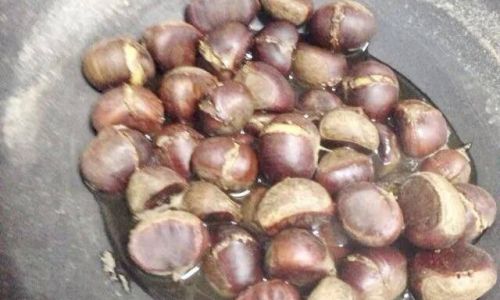
- Immediate Peeling: Drain the chestnuts and transfer them to a kitchen towel. Fold the towel over them to retain heat and moisture. Peel one at a time, using the scored slit to pry off the shell. The pellicle should come off with the shell; if it adheres, use a paring knife to gently scrape it away.
- Alternative Method: Roasting After Boiling: For enhanced flavor, some recipes suggest roasting boiled chestnuts briefly in a hot oven (400°F/200°C) for 5–10 minutes. This caramelizes their natural sugars, adding depth while ensuring the kernels remain soft.
Troubleshooting Common Issues
- Chestnuts Still Hard: Undercooking is the primary culprit. Ensure your pot is large enough, and test doneness frequently. Old or dried-out chestnuts may never soften adequately.
- Uneven Cooking: Overcrowding the pot leads to uneven heat distribution. Cook in batches if necessary.
- Shells Splitting Open: Scoring too deeply or using excessively high heat can cause this. Stick to shallow cuts and maintain a steady boil.
Creative Uses for Softened Chestnuts
Soft, perfectly boiled chestnuts are a culinary canvas. Here are a few ideas:
- Purées and Spreads: Blend cooked chestnuts with milk, cream, or sweeteners for a luxurious base for soups, desserts, or as a standalone spread.
- Stuffing and Dressings: Mix chopped chestnuts into stuffing for poultry or game, or fold them into risotto for texture.
- Desserts: Incorporate chestnuts into cakes, tarts, or mont blanc—a classic French dessert featuring chestnut vermicelli.
- Savory Dishes: Roast chestnuts with root vegetables and herbs for a hearty side dish.
Storage and Freezing Tips
Softened chestnuts can be refrigerated in an airtight container for up to five days. For longer storage, freeze them in a single layer on a baking sheet before transferring to a freezer bag. Thaw at room temperature or reheat gently in a saucepan with a splash of water.
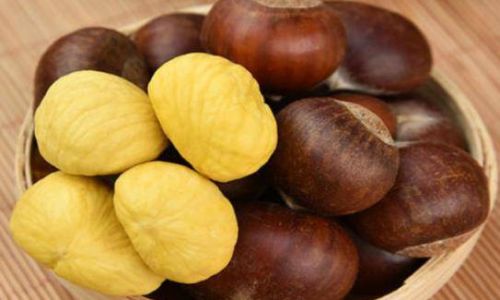
Conclusion: The Reward of Patience
Boiling chestnuts to soft perfection is a labor of love, but the results are unparalleled. By understanding the interplay of heat, moisture, and timing, even novice cooks can master this technique. Whether you’re crafting a holiday feast or a simple weeknight meal, perfectly softened chestnuts add a touch of elegance and warmth. Embrace the process, and soon, you’ll find yourself savoring the fruits of your labor—one tender, creamy bite at a time.
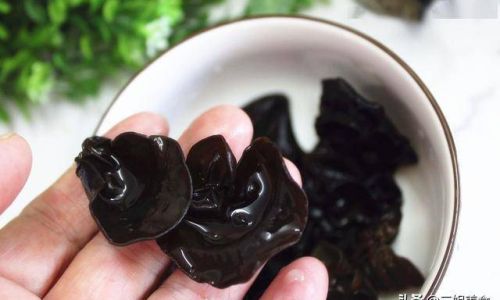
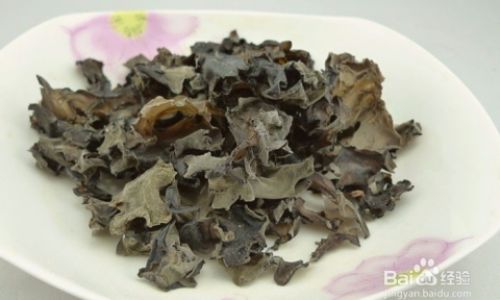
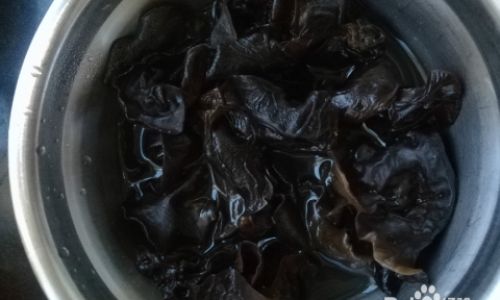
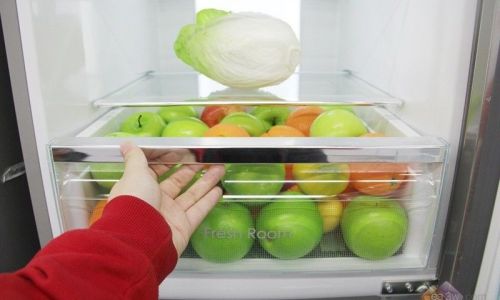

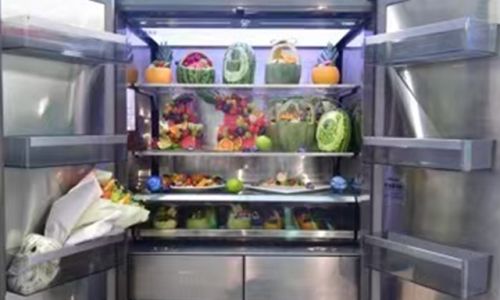
0 comments